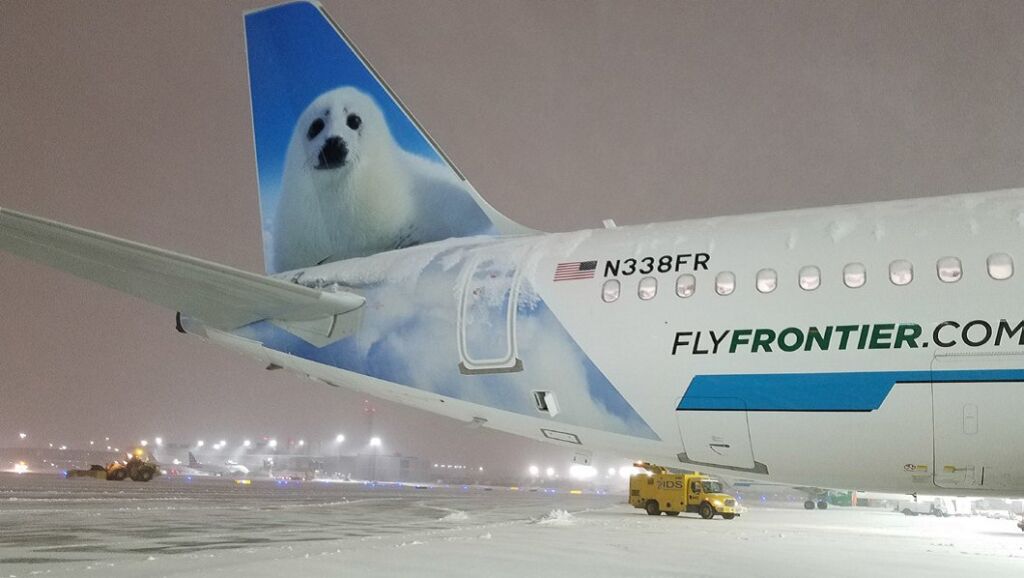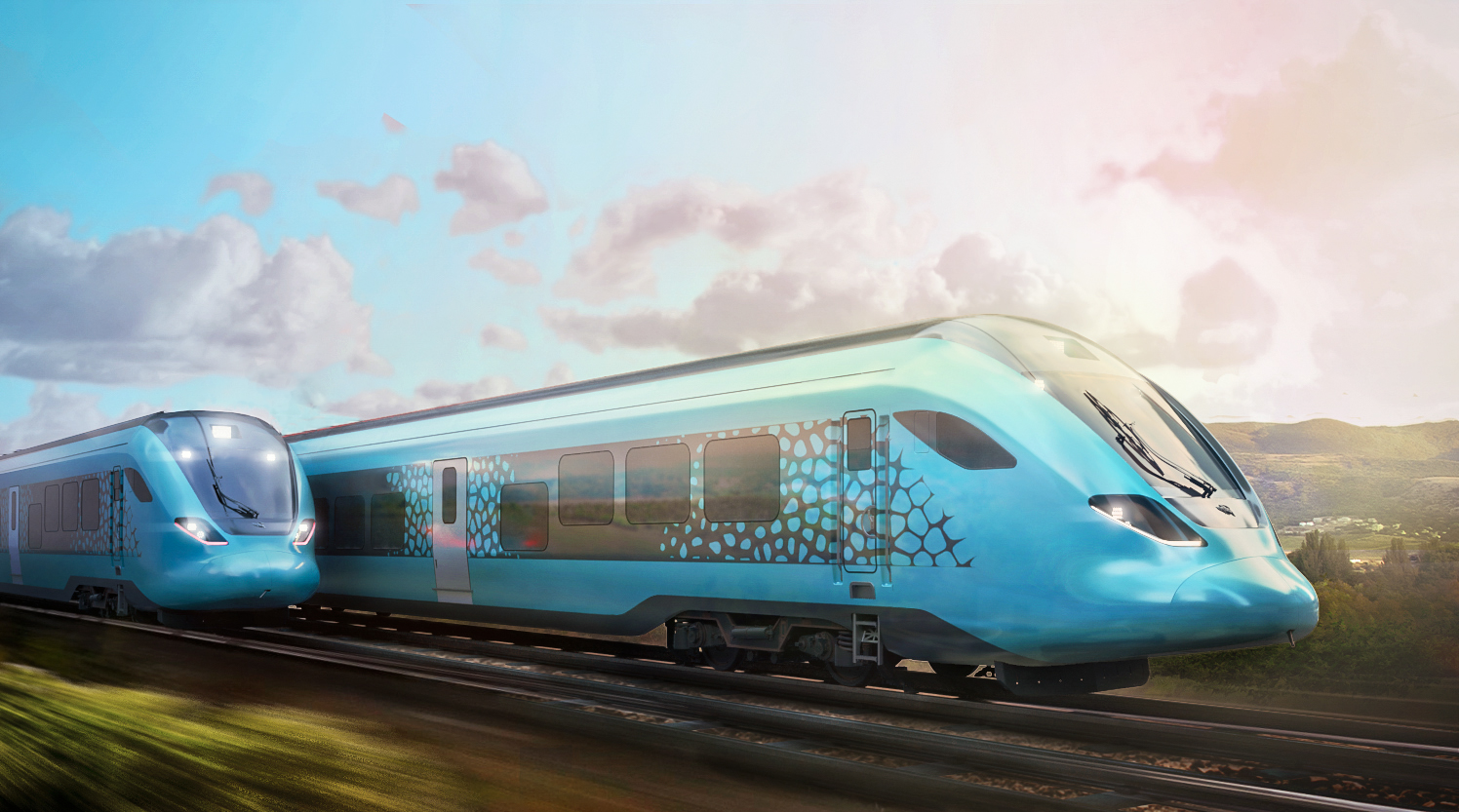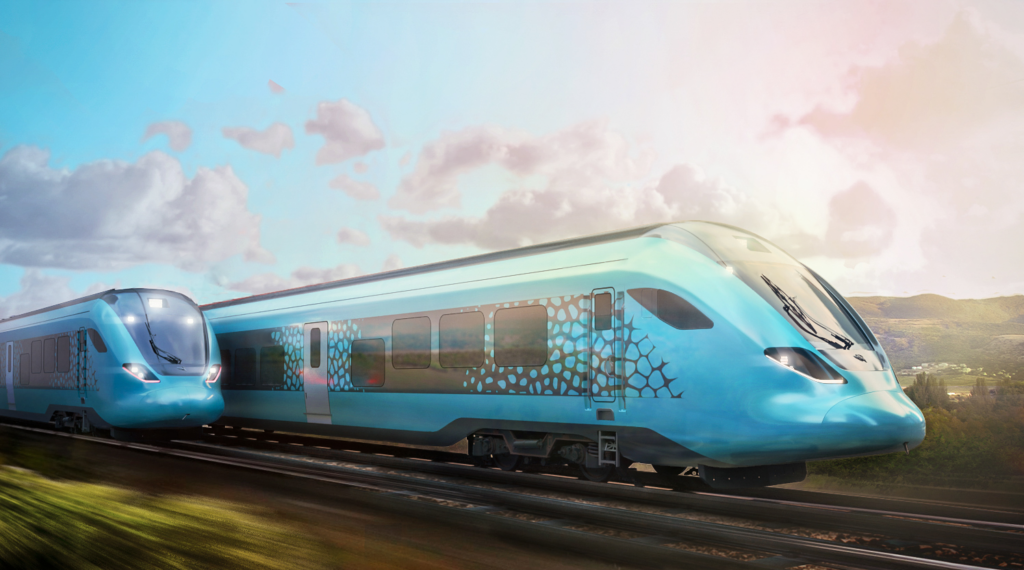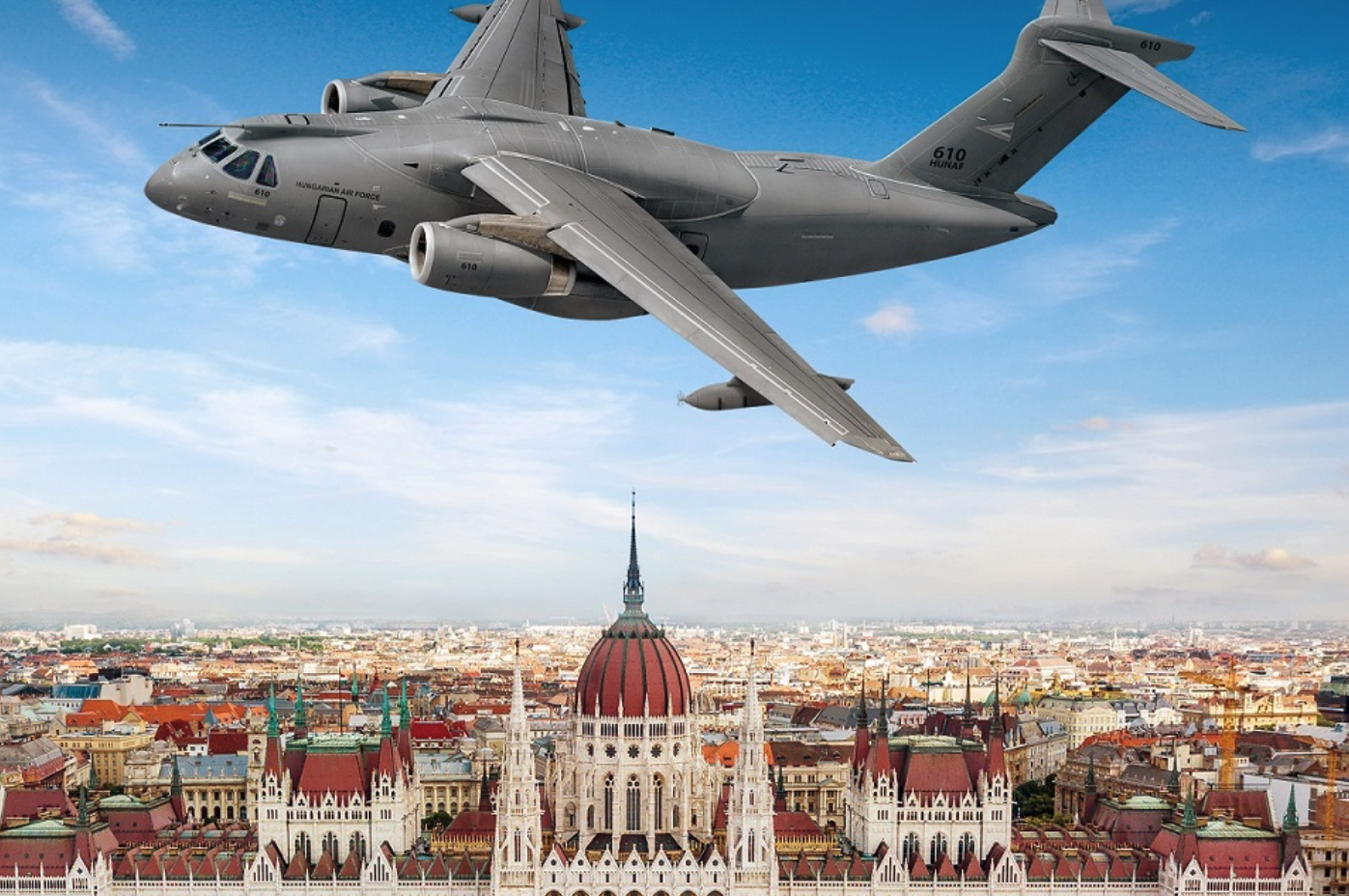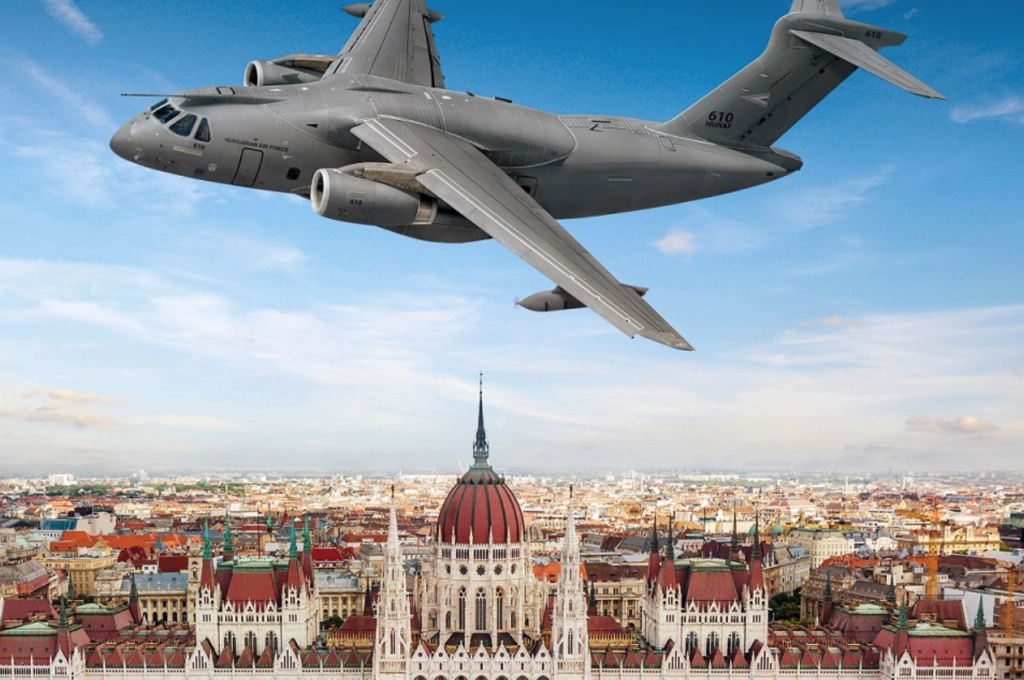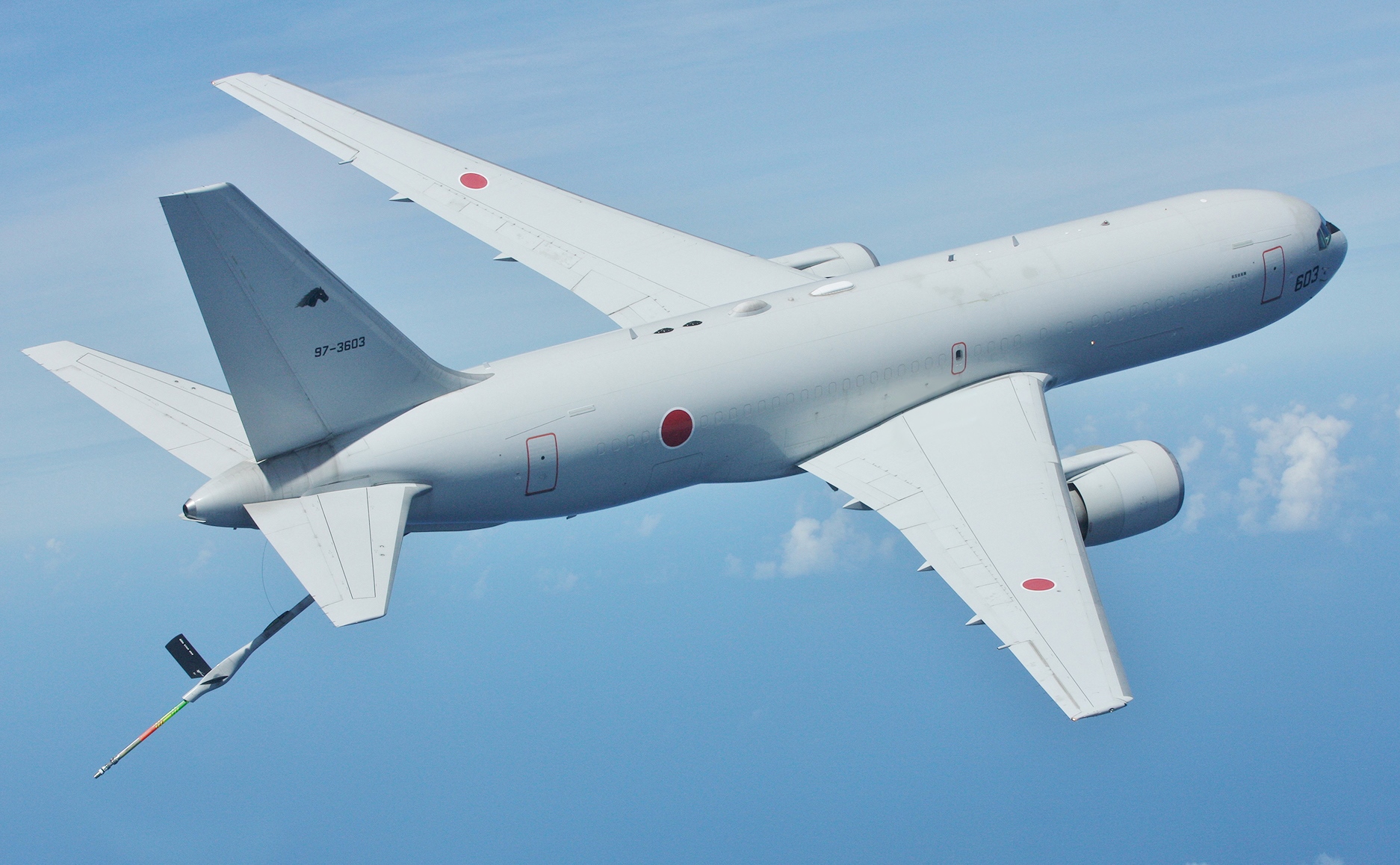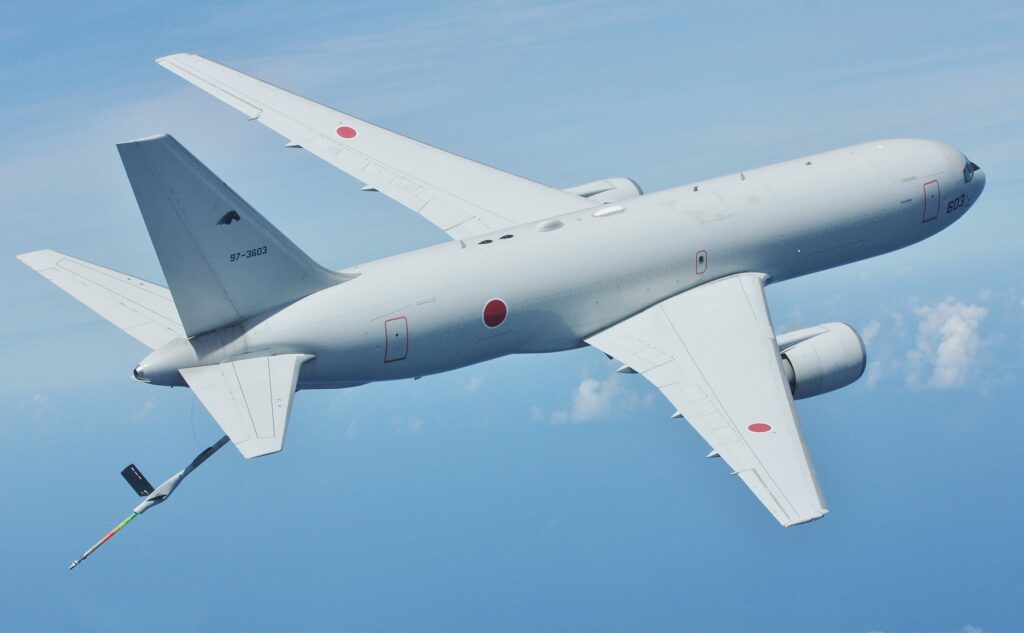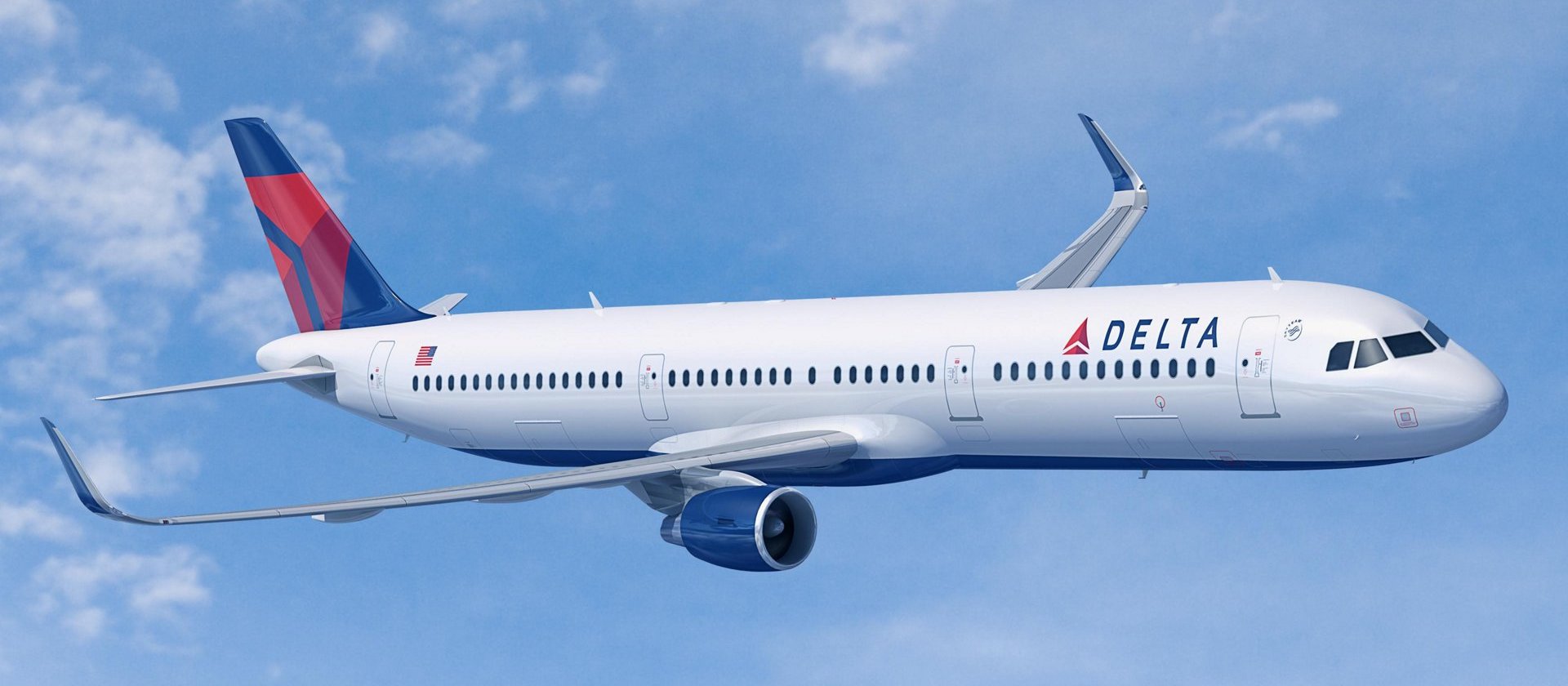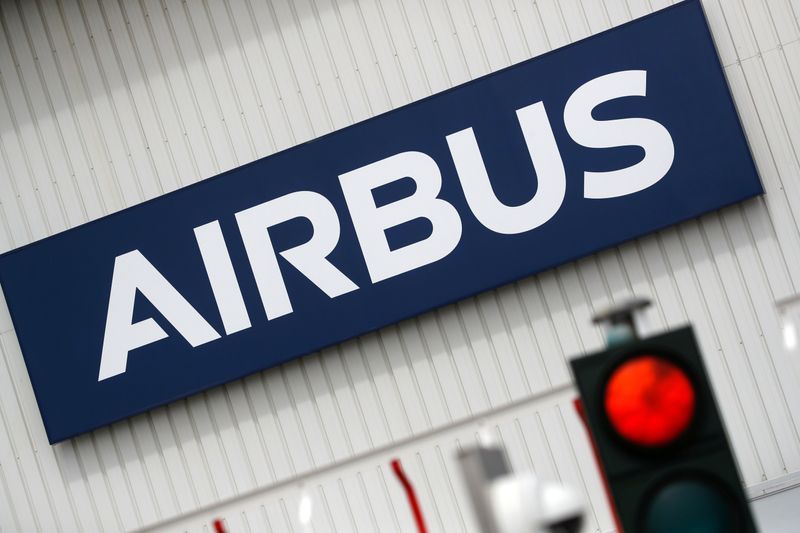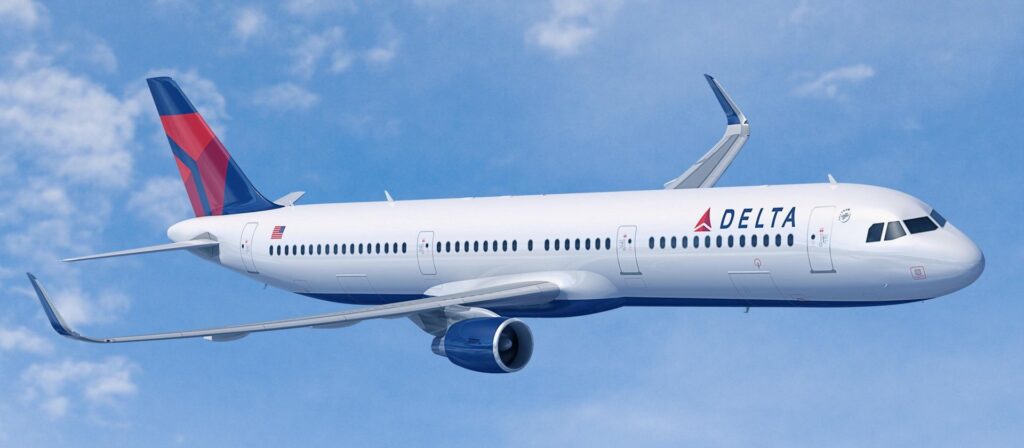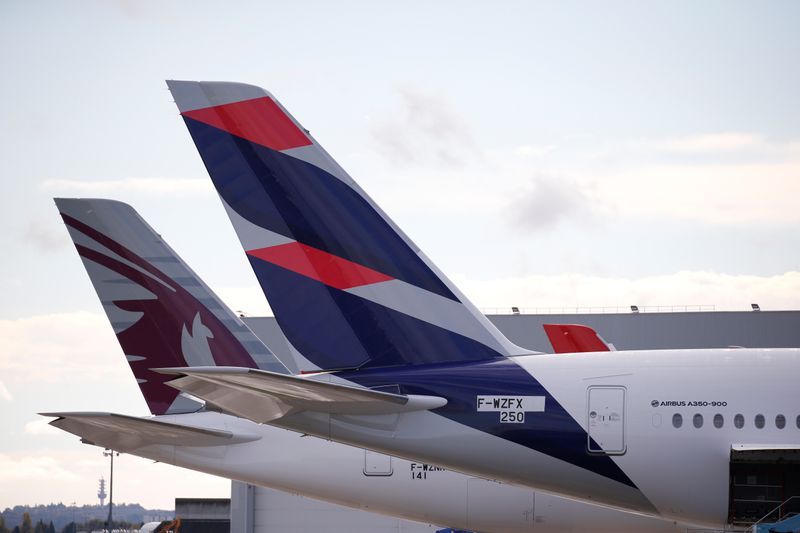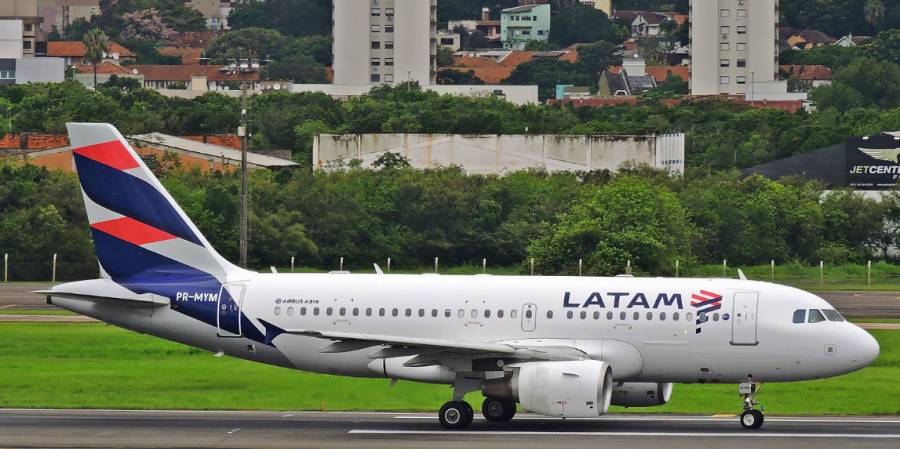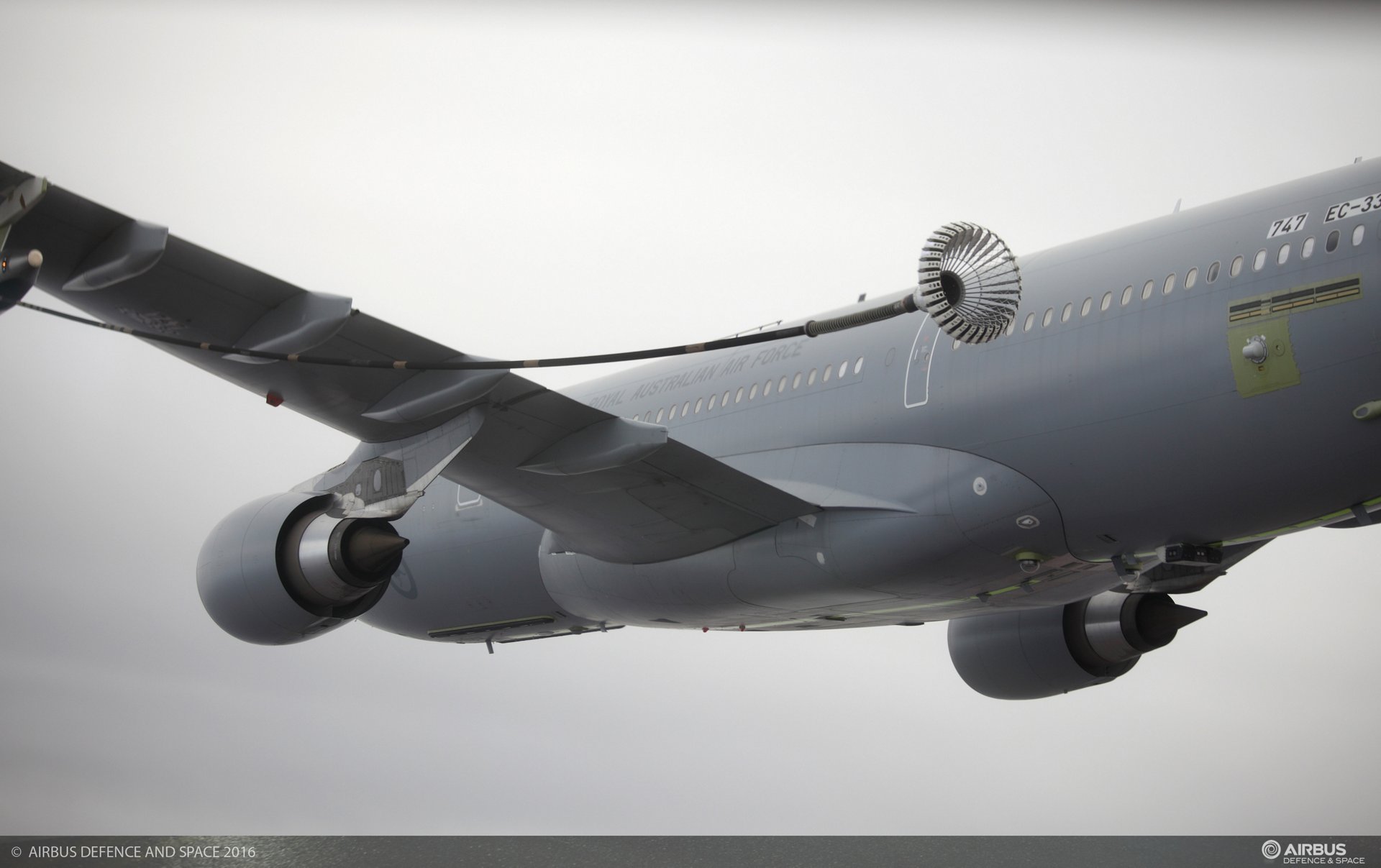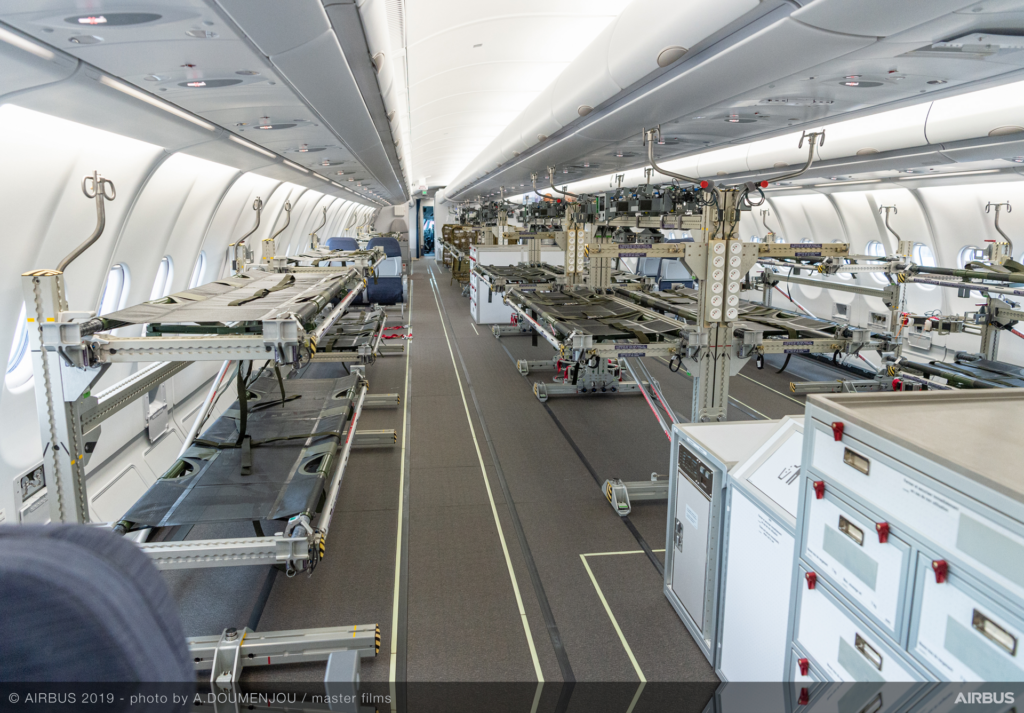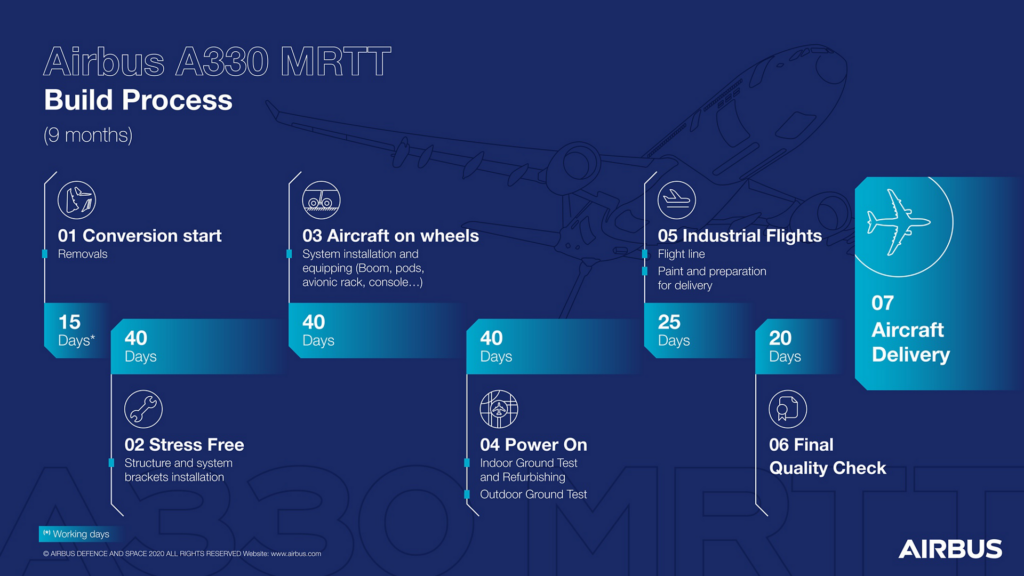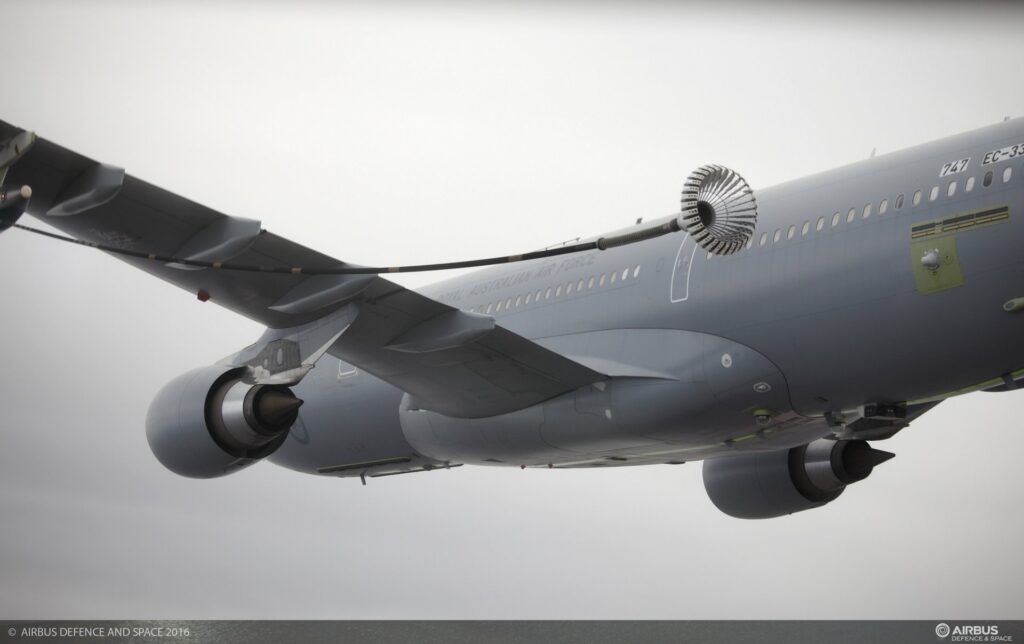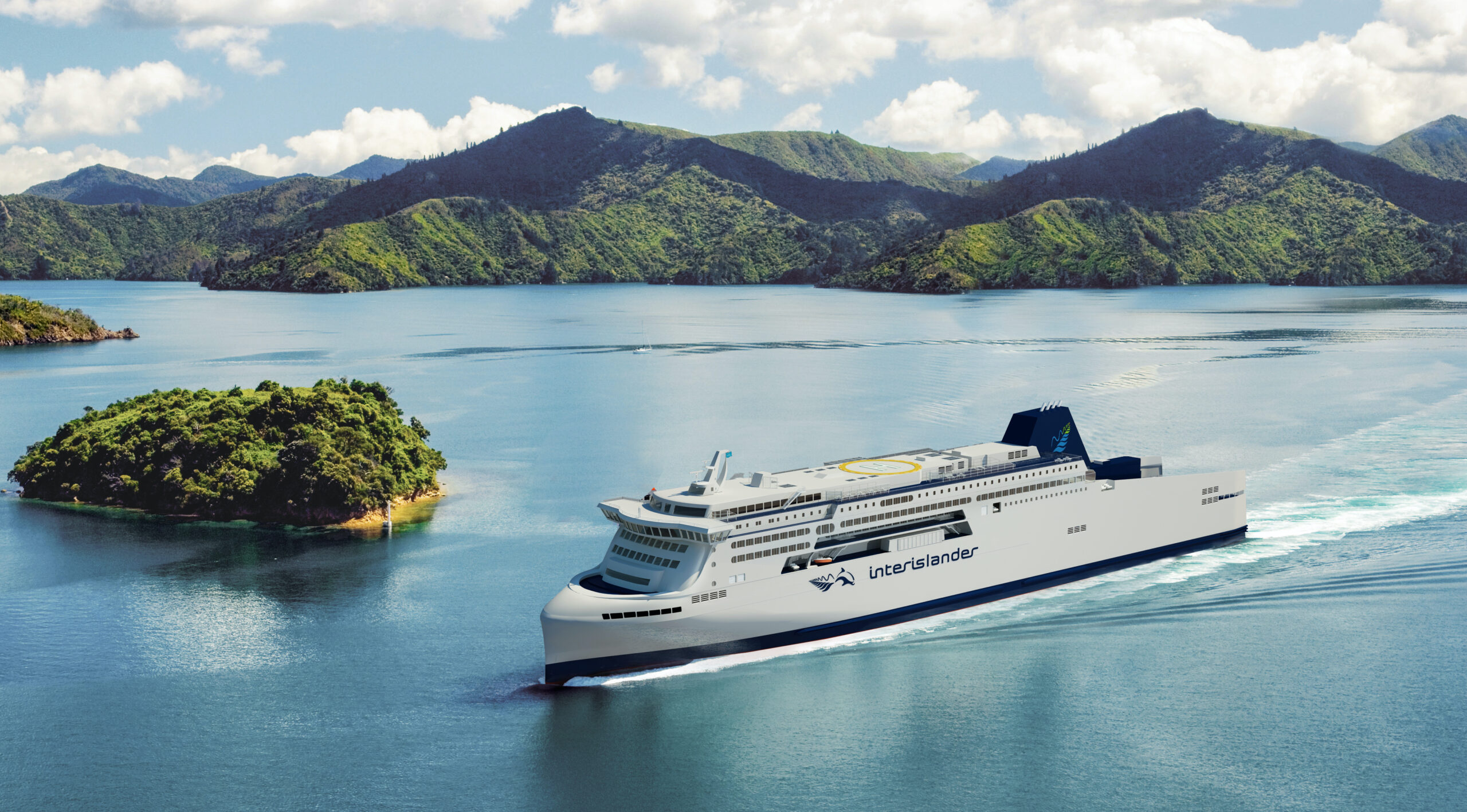DENVER – Jan. 25, 2021 – Frontier Airlines and ATP Flight School have formed a “Frontier Direct Program” targeting ATP graduates and CFIs for employment as Frontier Airlines First Officers.
In the Frontier Direct Program, ATP graduates and instructors progress from ATP straight to the flight deck at Frontier after enhanced ATP CTP training that includes additional Airbus A320 full-motion flight simulator experience. The new partnership offers pilots an accelerated path to a rewarding career with Frontier while providing Frontier access to a high-quality pool of qualified pilot applicants, dedicated future employees, and advocates of the Frontier brand.
After completing flight training in ATP’s Airline Career Pilot Program, graduates gain flight experience with ATP as paid flight instructors. Between 1250-1500 hours total flight time, recommended instructors interview with Frontier Airlines. After the candidate selection and interview process with Frontier, applicants receive a Conditional Offer of Employment and continue working towards 1,500 hours of flight experience with ATP. Once ready to transition to Frontier, pilots attend the enhanced ATP CTP course. This tailored course with ATP utilizes full-motion Airbus A320 simulator training to prepare pilots for success at Frontier.
“We appreciate Frontier Airlines collaborating with ATP,” said Justin Dennis, President of ATP. “This program is a tremendous career opportunity for ATP graduates, while helping Frontier access a pool of highly qualified, professional pilots who appreciate the opportunity to fly for Frontier.”
Added Brad Lambert, Vice President of Flight Operations for Frontier Airlines, “Frontier is proud to partner with premier flight schools such as ATP to ensure the quality of our future pilot supply. We have been impressed with the caliber of candidates we have seen. Coordinating with ATP to enhance their jet transition program helps to evaluate and improve on the skill set required to be a safe and successful airline pilot.”
Four ATP graduates have already completed the program in a proof of concept started in 2020. All four pilots have been flying the line with Frontier after successfully completing new-hire training and IOE.

